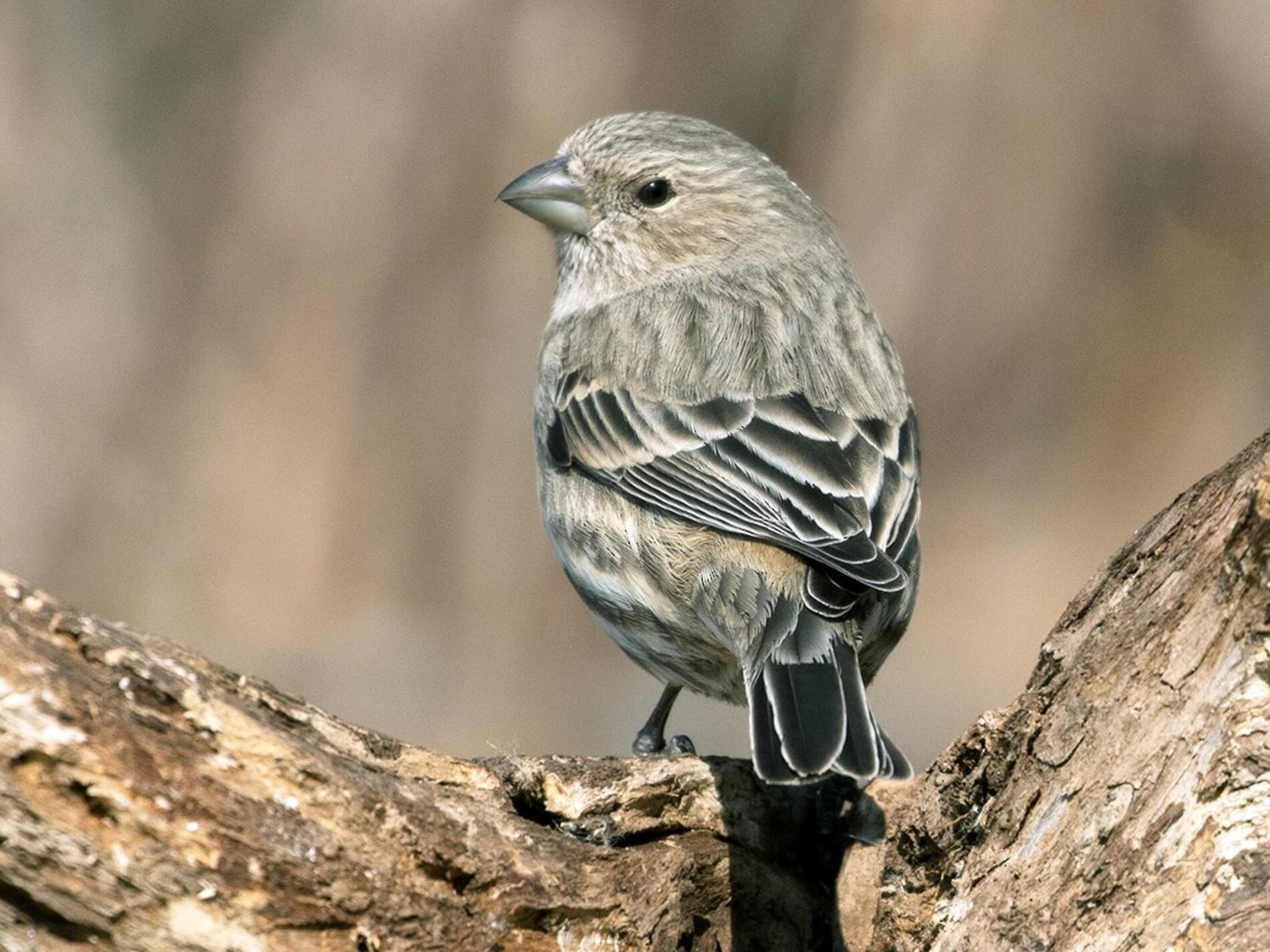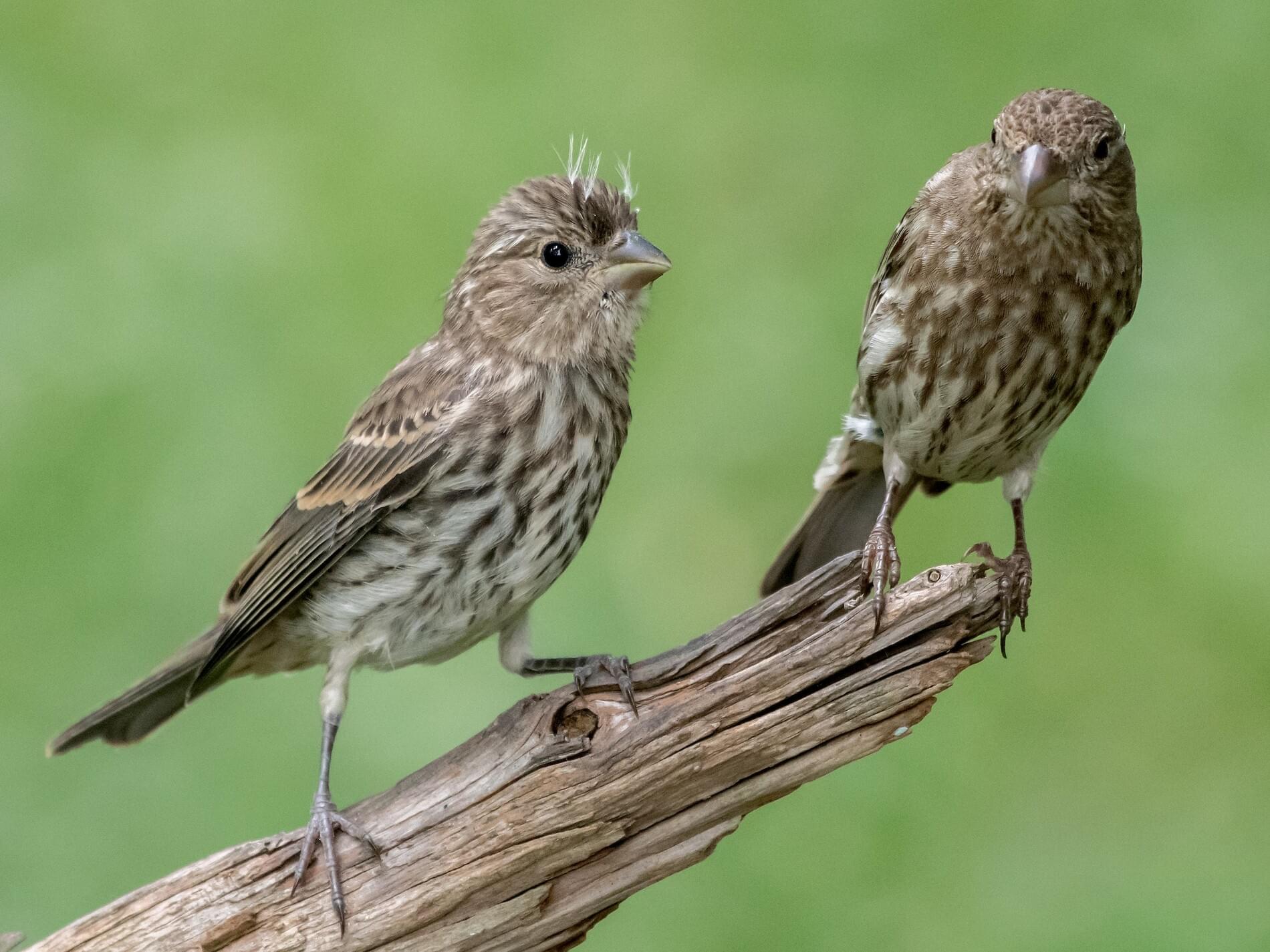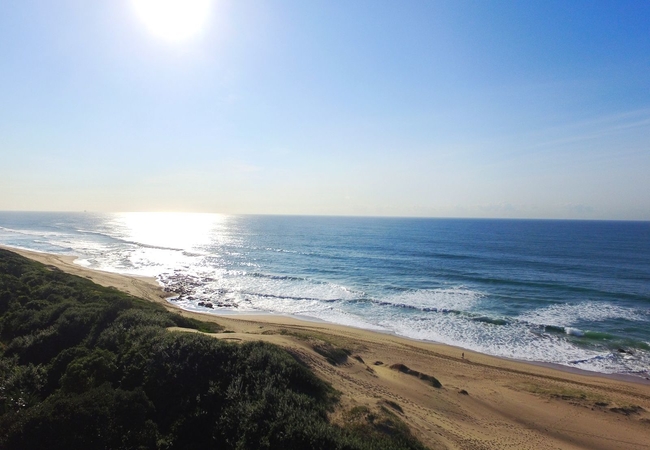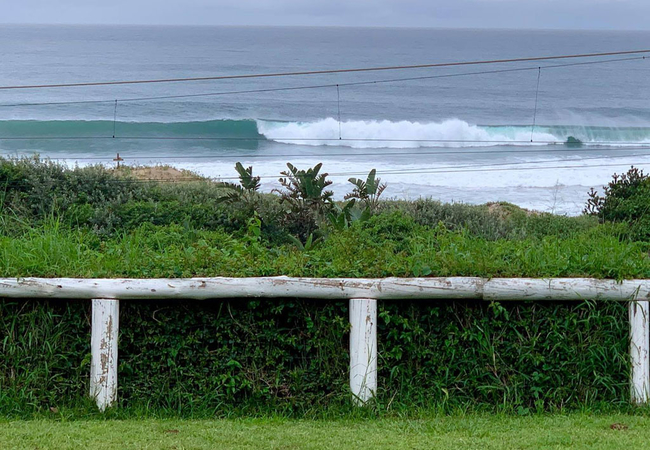Table Of Content
Once hatched, baby House Finch broods typically leave their nest in days. While their diet consists primarily of seeds, fruit, and nuts, on rare occasions, they will also eat insects in the summertime. They travel in flocks and take their migration day by day. They will travel a great distance during the day and stop to feed and rest during the nighttime. They often construct their nests in trees but sometimes build nests on the sides of buildings, street lamps, or even abandoned nests. These North American birds prefer to nest in dense areas with plenty of shade and places to hide, so there aren’t frequently found in the Rocky Mountains.
Songs and Calls
Originally, this species lived primarily in California, Oregon, Idaho, New Mexico, Mexico, and several surrounding states. Throughout most of their range, these birds are residents year-round. Through human interaction, House Finches now live throughout much of North America. Their range extends from the southernmost reaches of Canada throughout the United States and most of Mexico. A House Finch’s nest is a cup made of fine stems, leaves, rootlets, thin twigs, string, wool, and feathers, with similar, but finer materials for the lining. Overall width of the nest is 3-7 inches, with the inside cup 1-3 inches across and up to 2 inches deep.
Nest Placement
During summer, they eat fruits and seeds from native plants, along with bugs. Both birds are drawn to feeders, and Trina suggests filling them with unhulled black oil sunflower seeds. Baby house finches generally leave the nest days after hatching. However, the male takes over most of this responsibility in the days before the chicks fledge. Each clutch of eggs can have between 2-7 eggs, with 4-5 being the average.
House Finch Breeding Season and Eggs
Note very thick bill with curved rather than straight-edged profile. Red on head is largely on the eyebrow and throat, with brownish cheeks. Their vibrant colors and cheerful songs can bring joy and a sense of tranquility. Long-term, think about the vegetation around your property.
Similar SpeciesPine Siskin
Click or tap on the dots on the photos and let them guide you. People don’t generally keep House Finches in zoos simply because they are such common birds. This species is almost exclusively herbivorous, which means that they only eat plants. On rare occasions, a House Finch will munch down an insect larva or small invertebrate, but this only happens every once in a while. Most of the time, these little birds eat seeds, berries, fruits, and budding flowers. House Finches are widespread and common little songbirds.
Learn about birds
Everything to know about the House Finch - Standard-Times
Everything to know about the House Finch.
Posted: Sun, 03 Dec 2023 08:00:00 GMT [source]
The House Finch is closely related to the Cassin's Finch and the Purple Finch, and in fact, there are places in Washington where all three species can be found. All three species are streaked, and the males of all three have red plumage. The House Finch, the most common and widespread of the three, typically has a red head, breast, and rump, but does not have red coloring on its brown back or wings. Female House Finches have blurrier streaks and grayer undersides than the other two species. The breast streaks do not converge in a central spot as on many sparrows.
When do House Finches Migrate?
This little bird is highly adaptable and often lives in areas that other birds avoid. They inhabit grasslands, open forests, deserts, and the edges of rivers and ponds, but they also live in more urban areas. House Finches are small birds in the Fringillidae, or “true finch,” family.

The first nest of the season generally takes the longest to build. In another days, the fledglings are ready to leave the nest. At this point, the female has already begun preparing for the next clutch. A Heated Birdbath can be a valuable resource during winter for all your feeder birds. The Brown-headed Cowbird often lays its eggs in House Finches nests.
Although bird watchers may see the male with nesting material, the female builds the actual nest. The breeding season for House Finches can begin in March and go into August, depending on the success of broods. While adult females look similar to sparrows, there is no such thing as a Red Headed Sparrow or Red Headed Wren. Initially, the House Finch was a bird of the west, but because of its rosy breast and very melodic song, people wanted to own one. The male bird forages for fruits and nuts and then regurgitates its food to its young flock. But regurgitating food is a fast way to deliver nutrients to very young birds.
Adult males are rosy red around the face and upper breast, with a streaks down the belly and on the flanks. Many of these eastern birds migrate to the south for the winter (Sauer et al. 2003). In Mexico House Finches are permanent residents south to Oaxaca and Veracruz (Howell and Webb 1995). House finch nests are cup-shaped, containing a mix of plant matter and synthetic materials. On average, nests are constructed with grass stems, leaves, rootlets, thin twigs, other fine plant material, feathers, string, and wool.
The incubation period lasts about days, and the nestling period, where baby house finches stay in the nest, lasts about days. House Finches are often found in suburban areas hanging out around bird feeders and making nests in unusual places! The human modification of natural habitats, particularly the increase of seed feeders throughout the east, greatly benefits the house finch populations. Only natural island populations appear to be threatened.
House Finches in west Texas breed in a variety of habitats from 120 to 2100 m (400 to 7000 ft). The birds prefer drier areas with less than 90 cm (35 in) of rain annually (Oberholser 1974). House Finches may reuse nests for a second brood in the same or another year. The cup is usually well constructed of plant fiber (grasses, forbs, rootlets) lined with finer material. The clutch size is 3-6, usually 5 eggs, which are incubated by the female for days (Oberholser 1974, Harrison 1979). Young birds leave the nest days after hatching (Kaufman 1996).























